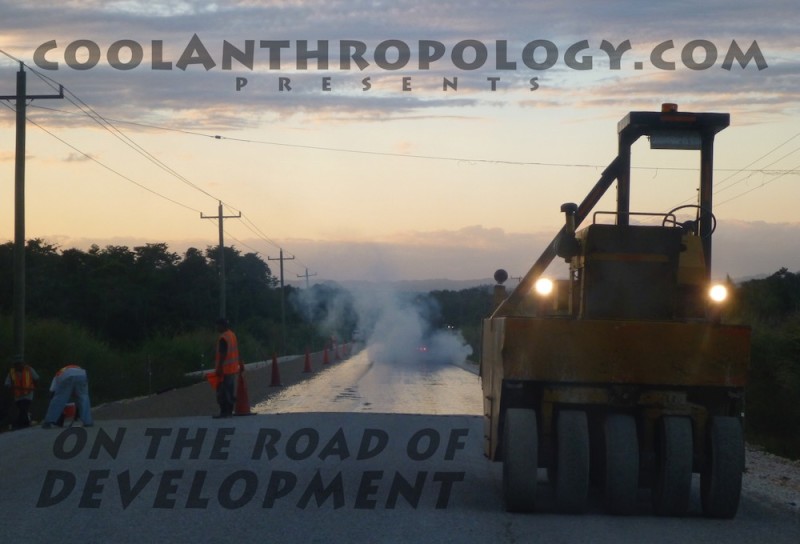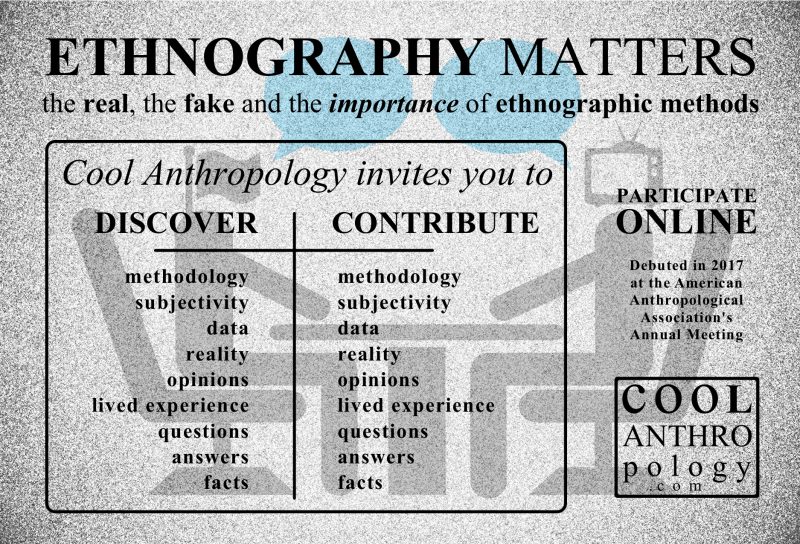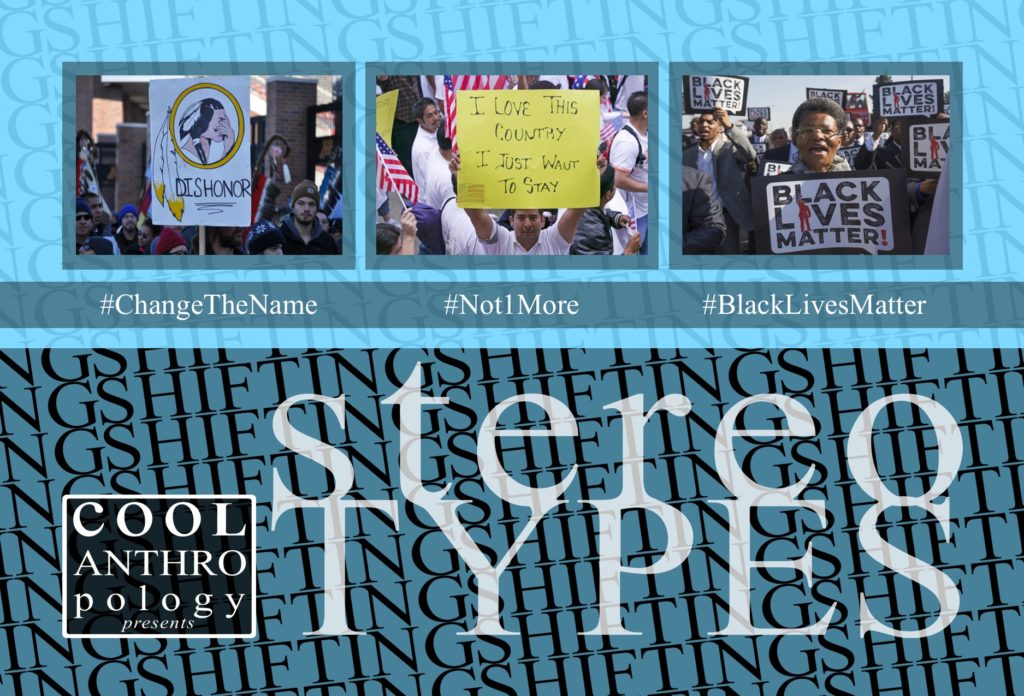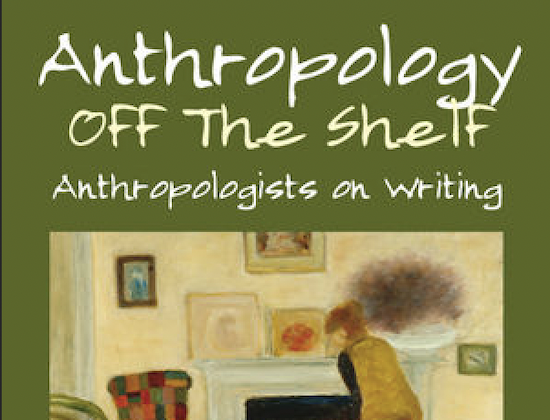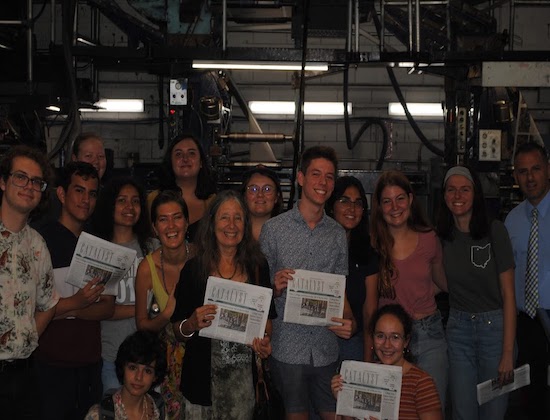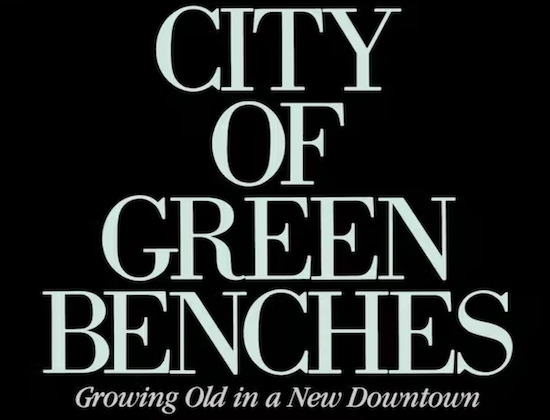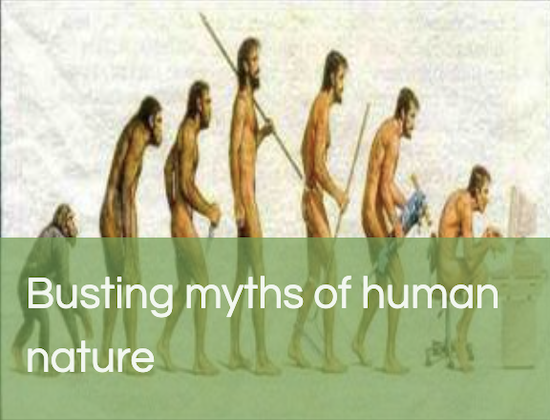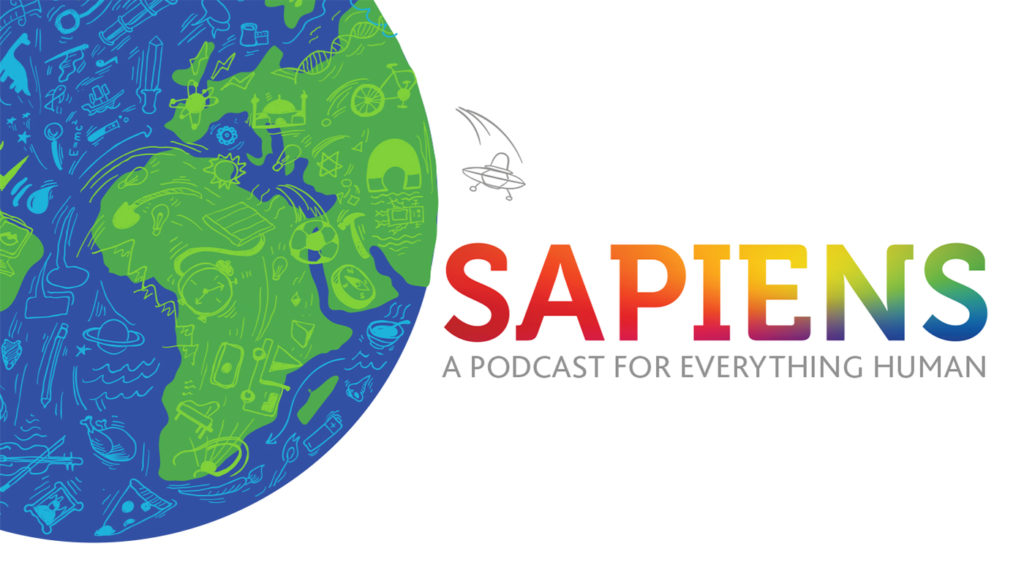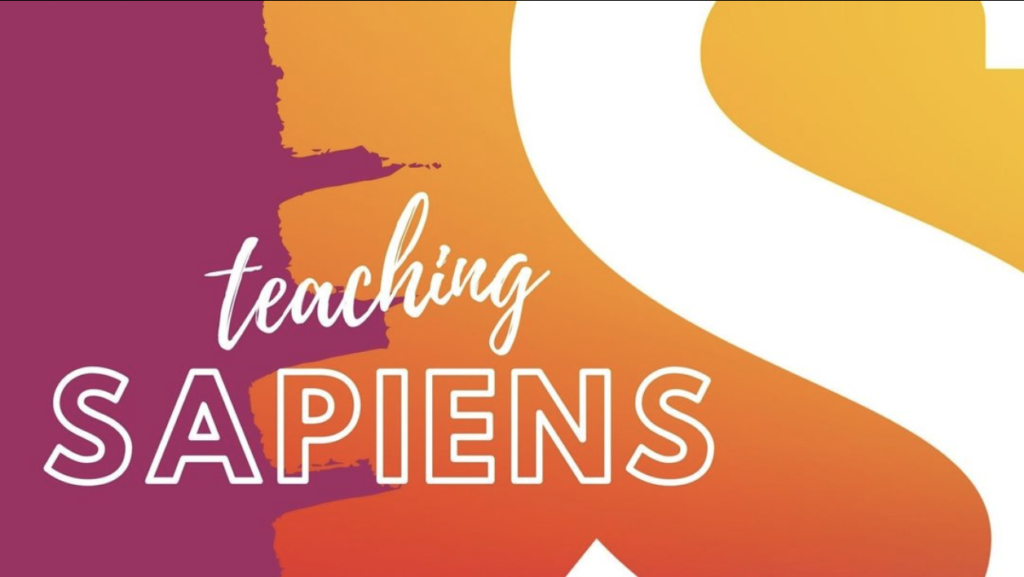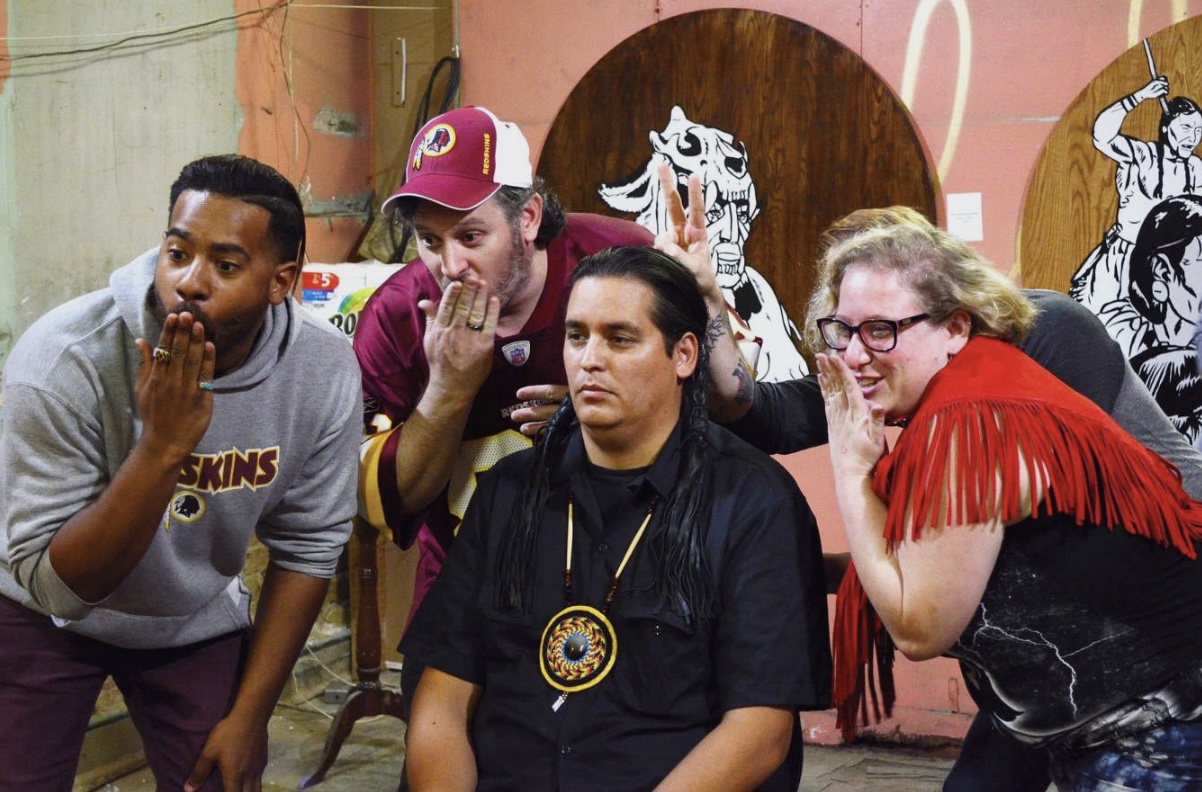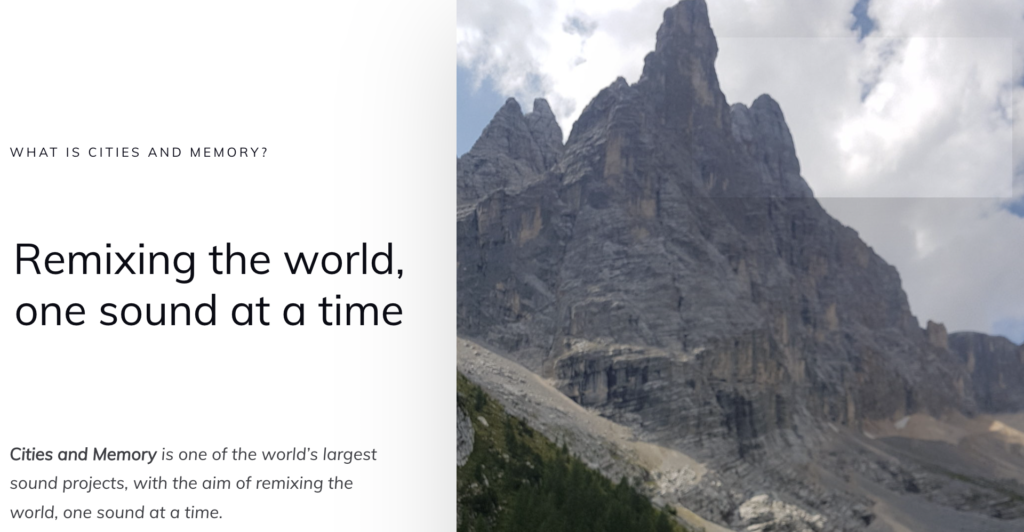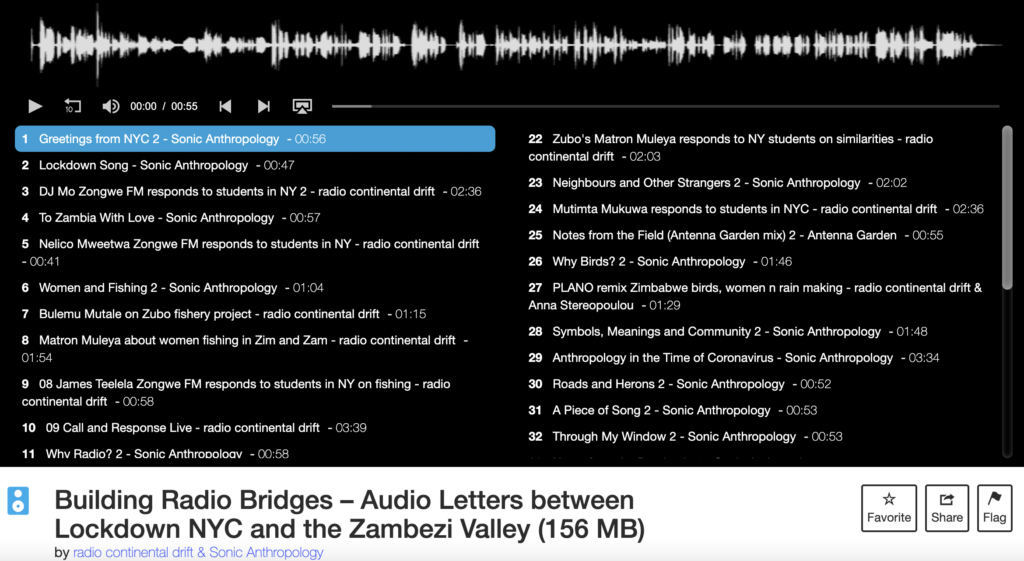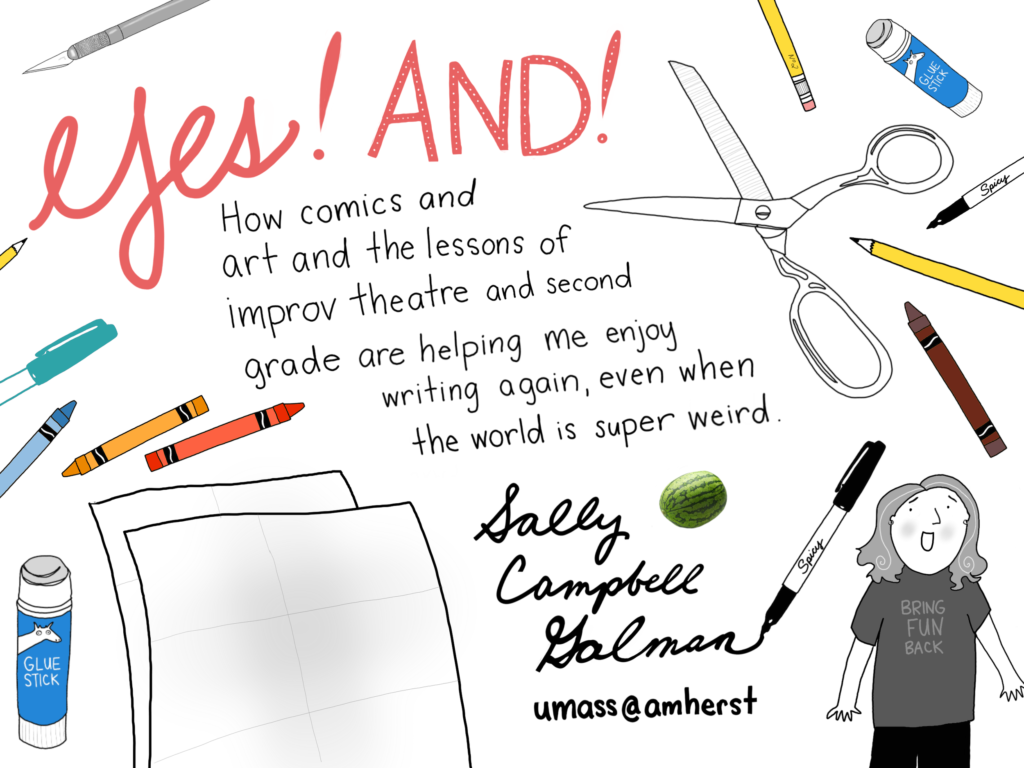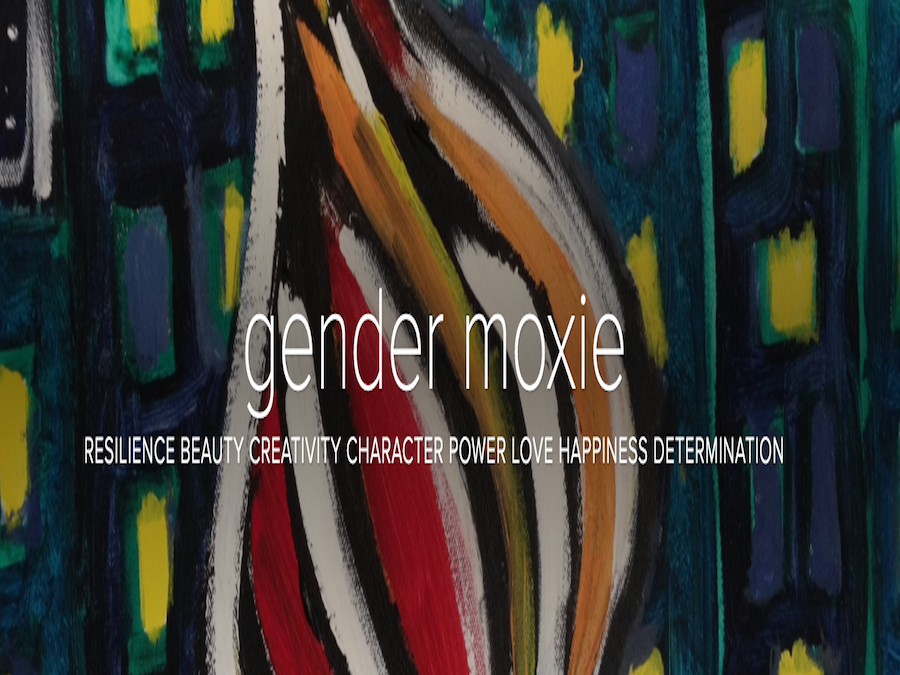As the discipline of Anthropology has grown and changed over the past century, its focus has expanded from a detached documentation of human behavior around the world to an engaged exploration of human behavior across an uneven and ever-changing global landscape. As what we think of as cultures and societies became less bounded, Anthropology began to tackle “big concepts” like globalization, development and, more recently, climate change. But Anthropology has always taken on challenging topics, albeit through its imperfect academic lens.
 Evolution, kinship, race, migration, conflict: these foundational areas of study are as relevant now as they were in Boas’s time. Hurston’s anthropological novels have received a resurgence of interest and celebration in light of ongoing, and more public, conversations around the silencing of Black voices. Mead’s ethnography in slim, yellowing paperback still lines shelves in used bookstores. They remind us that public anthropology is not new. Writing for the public – tackling hard issues and making sense of them in ways that informed and engaged non-academics – is part of our disciplinary history. While “writing culture” – and writing culture for the public, however we define this remains an essential part of what anthropologists do, our tool kit has been responsive to changing moments in history, understandings and affordances, and has grown. Digital spaces not only create new publics for anthropological writing, they can redefine the research and dissemination process in ways that allow for a redefinition of what it means to understand humans “across time and space.”
Evolution, kinship, race, migration, conflict: these foundational areas of study are as relevant now as they were in Boas’s time. Hurston’s anthropological novels have received a resurgence of interest and celebration in light of ongoing, and more public, conversations around the silencing of Black voices. Mead’s ethnography in slim, yellowing paperback still lines shelves in used bookstores. They remind us that public anthropology is not new. Writing for the public – tackling hard issues and making sense of them in ways that informed and engaged non-academics – is part of our disciplinary history. While “writing culture” – and writing culture for the public, however we define this remains an essential part of what anthropologists do, our tool kit has been responsive to changing moments in history, understandings and affordances, and has grown. Digital spaces not only create new publics for anthropological writing, they can redefine the research and dissemination process in ways that allow for a redefinition of what it means to understand humans “across time and space.”
In gratitude for the wealth of scholars who have critically considered why we must continually turn our attention to public work, we offer some considerations of how this work might be done.
1// Making Anthropology Cool: Translating Anthropological Research and Concepts Using Multimedia
Working with others outside anthropology is critical to expanding your reach. As a scholar and researcher, you should focus on what you do well and let your collaborators focus on what they do well. You don’t need to learn how to code, how to become a video editor or penetrate the Miami art scene, and non-anthropologists bring a fresh perspective to research, design thinking and analysis.
Kristina Baines + Victoria Costa // coolanthropology.com
2// Getting Knowledge from the Ivory Tower to the Street: Making Anthropology Matter
I wholeheartedly believe that to be a scholar who engages in the work of translation to the public, one must be as current and fluent as possible in the contemporary landscape of primary research and theoretical debates. And, one must be ready to be, or have been, wrong.
Agustín Fuentes // afuentes.com
3// The Urgency of Now: Crafting and Editing Anthropological Knowledge in Real Time
Jargon is by nature exclusionary; in academia it shamelessly flaunts insiders as superior to those who don’t get it. But, for more general readers, jargon just tags the contents as inaccessible.
Maria D. Vesperi // anthronow.com
4// Cool Enough to Make a Difference
Too often we focus on figuring out culture, inequality, positionality, and all the rest, but we don’t use our same methodological approaches to develop robust answers about what can make a difference in people’s lives.
Daniel H. Lende // neuroanthropology.net
5// PopAnth: The Conversation
I have long felt that if Anthropology has a Unique Sales Proposition (USP), it is our willingness to analyse anything through a cultural lens and, having taken a step back, to ask “What do we do and why do we do it?”
Erin B. Taylor, John McCreery + Gwendolyn Lynch with Laura Miller, Elizabeth Challinor + Celia Emmelhainz // popanth.com
6// Sapiens: An Origins Story
We agreed that the public generally loved well-presented anthropological stories without realizing that what they loved was Anthropology.
Chip Colwell + Leslie Aiello // sapiens.org
7// Visualizing Immigrant Phoenix: An Urban Visual Ethnographic Collaborative
Just as the project brought minoritized city spaces into the academy for its consideration, so too did the project bring the academy into the community.
Kristin Koptiuch // visualizingimmigrantphoenix.com
8// The Tale is the Map: Virtual Reality Experiences in Anthropology
Our goal with these projects is to document and create representations of the world around us, but also to collaborate with the subjects of our films to create new ways of imagining the spaces around us.
Scott Wilson // Birthplace of the People (VR Film)
9// Creating Inclusive Public Space: Participatory Design Ethnography in a University Library
A participatory research methods course partnership is much more attainable to a broader population.
Krista Harper + Sarah Hutton with Vanesa Girardo Gartner, Elena Sesma, Castriela Hernández Reyes + Caitlin Holmrich // Students as Participatory Design Ethnographers (AnthroZine)
10// Extravagance Outside of Anthropology: How to Sell Analytic Induction to Entrepreneurs
Successful students often attempt to outsmart each other with bigger and brighter illustrations of their mastery because schooling rewards knowledge performance. But knowledge production moves towards what we do not know. If you ask a successful scientist what they are interested in, they do not describe what they have yet to discover.
James Mullooly // theanthrogeek.com
11// Rez Colored Glasses: Disentangling Indigenous Lives from the Colonial Gaze
Remember the 90s when Jessica Seinfeld was sneaking spinach and carrots into brownies to make them healthier? Well, we’ve been able to sneak solid anthropological ideas into street art.
Gregg Deal + Kerry Hawk Lessard // greggdeal.com
12// Sonic Anthropology: From Remixing Archives to Reimagining Cultures
Anthropologists are developing new experimental art-based methods of inquiry in research-based exhibitions as an alternative form of ethnographic practice and communication.
Tom Miller // sonicanthropology.com
13// Engaging a Wider Audience with Fiction Film
It’s ultimately out of my control who will discover or find value in the art I create. If I try to “educate” (or appear to be trying to educate), I risk alienating those who are just looking for a film or television series to entertain them. I end up limiting my potential audience.
Carylanna Taylor // anyamovie.com
14// Let Us Do More Than Hope: Comics, Complexity and an Anthropology in Pictures and Words
Anthropology knows that “simple” is a lie, and while comics can provide increased accessibility — this is not about faster consumption.
Sally Campbell Galman // sallycampbellgalman.com
